Predominantly Orange
All photographs shot on location at Point Pelee during spring migration.
What do Baltimore Orioles, the Sun, and oranges have in common? The answer to this question is as follows:
Predominantly Orange
Considering the vibrant colours of today’s subject matter, I thought it is most appropriate to start our story with photographs of the early morning sun.
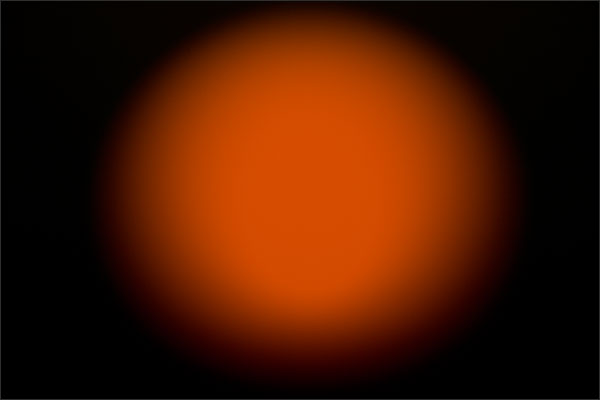
Early Morning Sun, Out-of-Focus – Point Pelee
The photograph was taken at 6:20AM, with the camera underexposed and the lens manually set to throw the sun out of focus. The lovely orange sun photograph was then made.
Spotting a flock of Canada Geese close to the horizon, I patiently waited for one of them to fly in front of the sun. My patience paid off and the second frame was made.
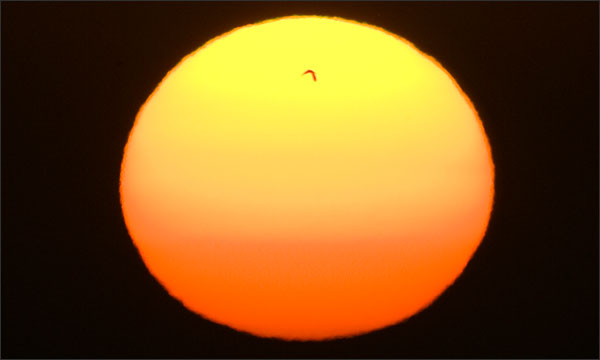
Canada Geese On Surface Of Early Morning Sun – Point Pelee
The photograph was taken at 6:27AM, with the camera greatly underexposed and the lens manually focused at infinity. The Canada Goose rendered as a speck on the dramatic surface of the sun.
Before we continue with our featured subject, let me add a word of caution when photographing the sun, especially if the sun is high in the sky. Besides the visible light, there is an unsafe amount of ultraviolet and infrared radiation that your eyes, lens and sensor will receive. Staring into the sun, even through the camera viewfinder, will damage your retina and most likely, permanent loss of vision will occur.
These being said, check out this one last photograph at 100% magnification, of the scorching margins of our sun:
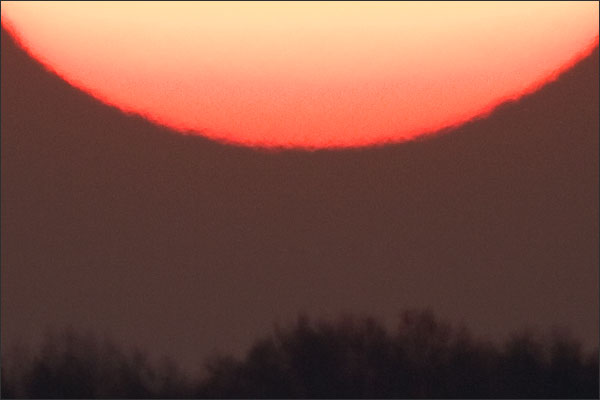
The Scorching Margins Of Our Sun – Point Pelee
Now back to the birds of Point Pelee
The same flamboyant orange, as illustrated in the above photographs, is featured by the male Baltimore Oriole.
One can quickly observe its plumage colours: a solid black head, upper plumage in black, white and orange, and lastly, breast and underparts plumage in burnt-orange. Named after the Baron of Baltimore, the founder of Maryland, the male Baltimore Oriole wears the black and gold, the baron family’s coat of arms colours.
The Baltimore Oriole’s trademark colours are making this bird easy to spot in its preferred habitat, tall deciduous trees in open spaces.
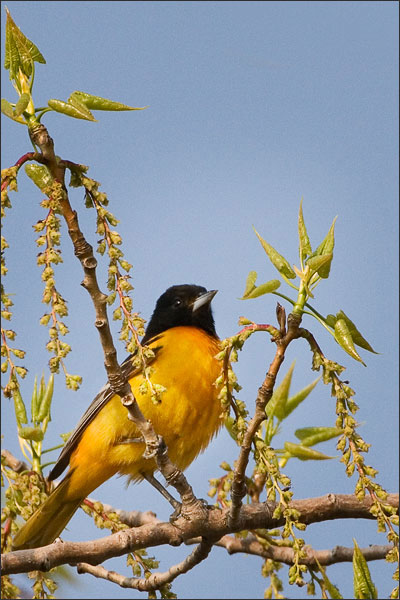
The Male Baltimore Oriole – Point Pelee
During spring migration, you can find the Baltimore Oriole in tall elm trees hopping from branch to branch in search of insects such as caterpillars, ants and spiders, and fruits such as blackberries and blueberries.
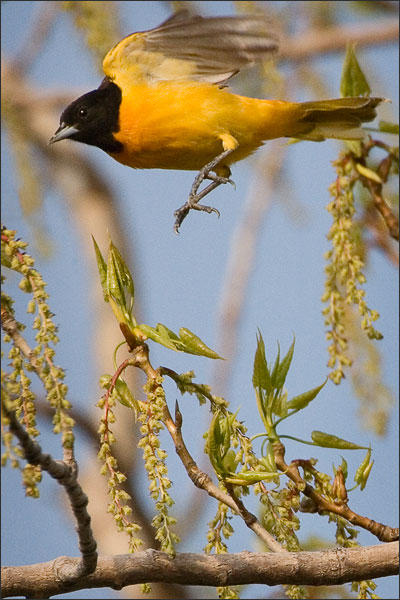
The Male Baltimore Oriole – Point Pelee
If you have wondered why birders leave halves of oranges around feeders, then wonder no longer. The Baltimore Orioles are avid eaters of oranges, swallowing the pulp and perhaps the juice too. In addition to oranges, Baltimore Orioles will sip nectar and cheerfully dine on quality grape jelly or peanut butter.
As a neotropical migrant, the Baltimore Oriole breeds and raises young in eastern North America and spends its non-breeding season in the tropical regions of Central and South America.
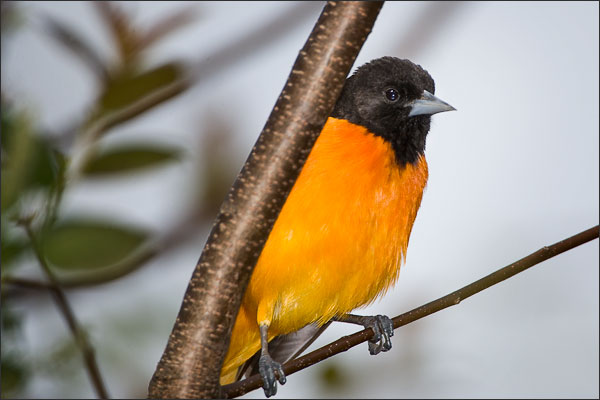
The Male Baltimore Oriole – Point Pelee
Their existence is threatened by excessive deciduous tree harvesting.
The male Baltimore Oriole photographs were taken in the lovely warm light of a sunny morning, at 1000mm focal length, using fill flash.
If you liked this story you will enjoy the rest of the Point Pelee assignment:
• The Female Yellow Warbler